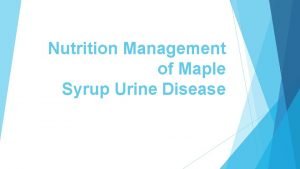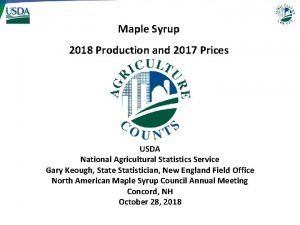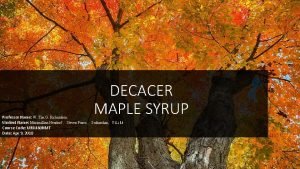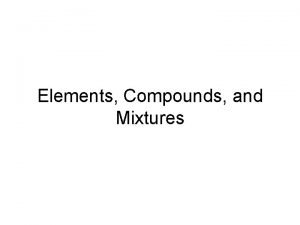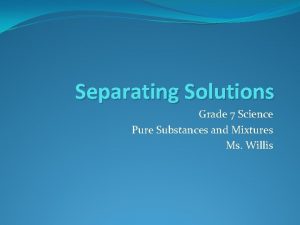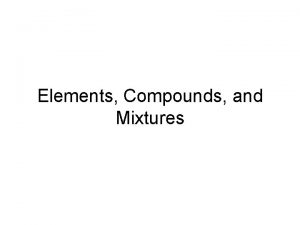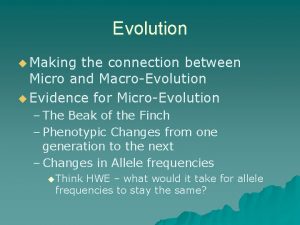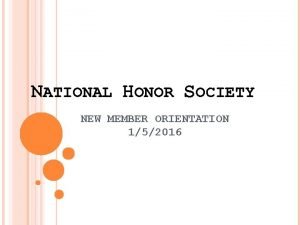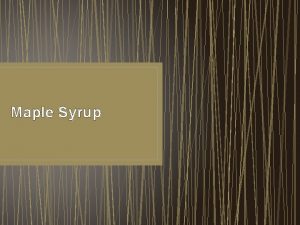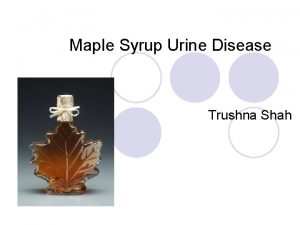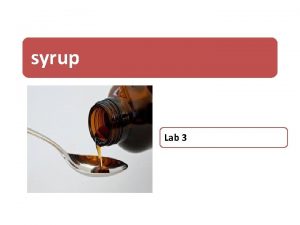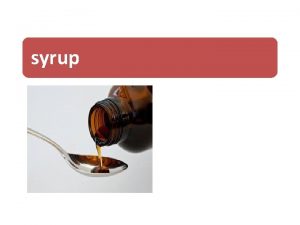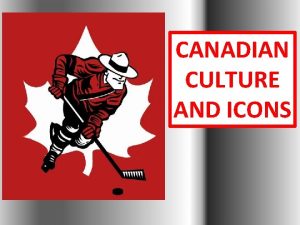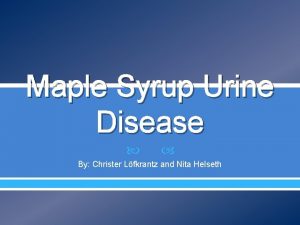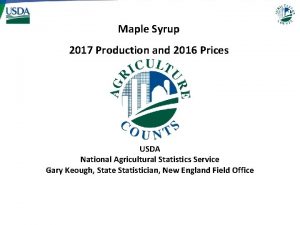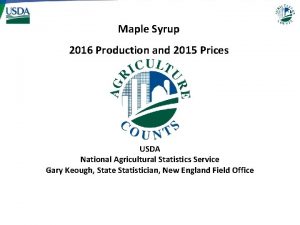Agenda 121718 National Maple Syrup Day and The














- Slides: 14

Agenda 12/17/18 • • National Maple Syrup Day and The Wright Brothers Day Proceedings before trial notes Bail worksheet Presumed Guilty Video/questions

Chapter 13 Criminal Justice Process: Proceedings Before Trial

Booking & Initial Appearance • After a person is arrested, the police made a police record of that arrest. This is called a booking. – – – – Name Address DOB Place of employment Previous arrest record Fingerprinted & photographed Sometimes other tests are done: Blood, DNA samples

Booking

Booking & Initial Appearance • Once the defendant is processed, an initial appearance before a judge occurs – Informed of the charges against them – Advised of right to counsel – Given date of preliminary hearing

Bail • • Set by judge Sometimes no bail Purpose is to assure the court that the defendant will return for trial Sometimes certain conditions are set Paid directly to court Usually defendant can be released after paying a portion (usually 10%) of total If they don’t return, court gets to keep money Defendant can also be released on personal recognizance – Defendant promises to return – Low risk of failing to show up for court

Bail Reform Act • 1984 • Prevent someone from being freed on bail if he or she is charged with a federal felony offense and believed to be dangerous • Must be a hearing

Preliminary Hearing • Can be used in state crimes (felony cases) – Prosecutor presents evidence – Judge determines if there is probable cause to hold defendant over for trial

Grand Jury • Some state and federal crimes – 16 -23 people who decide if there is enough evidence that a person has committed a crime & should stand trial • Prosecutor presents evidence • Grand jury determines if there is probable cause • Judge is not present, rules of evidence don’t apply

Arraignment • Suspect is brought before the court & asked to enter a plea – Guilty – Not guilty – Nolo contendre-does not admit guilt but doesn’t contest the charges, can’t be used as evidence at a civil trial

Arraignment

Pretrial Motions • Motion is a formal request that the court make a ruling or take some action • Before the trial (pretrial) the defendant may file motions to have case dismissed, get some advantage or help in preparing the case • Common pretrial motions – Discovery of evidence- defense requests to examine some prosecutor evidence – Motion for continuance- asks for more time to prepare case – Motion for change of venue – Motion to suppress evidence- (exclusionary rule)- used by the defense to exclude any evidence that was illegally obtained

Plea Bargaining • Most criminal cases (90%) DON”T go to trial • Prosecutors promise to seek a reduced charge or reduced sentencing in return for a guilty plea • Judge decides whether the plea was made voluntarily, freely & with knowledge of the facts • Judge can reject plea • Very difficult for a defendant to withdraw a plea

Plea Bargaining
 Is maple syrup a superfood
Is maple syrup a superfood Maple syrup urine disease amino acid
Maple syrup urine disease amino acid Maple syrup urine disease treatment
Maple syrup urine disease treatment How many elements
How many elements Usda maple syrup production
Usda maple syrup production Decacer maple syrup
Decacer maple syrup Rice pudding homogeneous or heterogeneous
Rice pudding homogeneous or heterogeneous Separating mixtures grade 7
Separating mixtures grade 7 Maple syrup homogeneous or heterogeneous
Maple syrup homogeneous or heterogeneous Day 1 day 2 day 3 day 4
Day 1 day 2 day 3 day 4 Day 1 day 2 day 817
Day 1 day 2 day 817 Agenda sistemica y agenda institucional
Agenda sistemica y agenda institucional Maple leaf and oak leaf homologous
Maple leaf and oak leaf homologous Uae national agenda education
Uae national agenda education National honor society meeting agenda
National honor society meeting agenda

